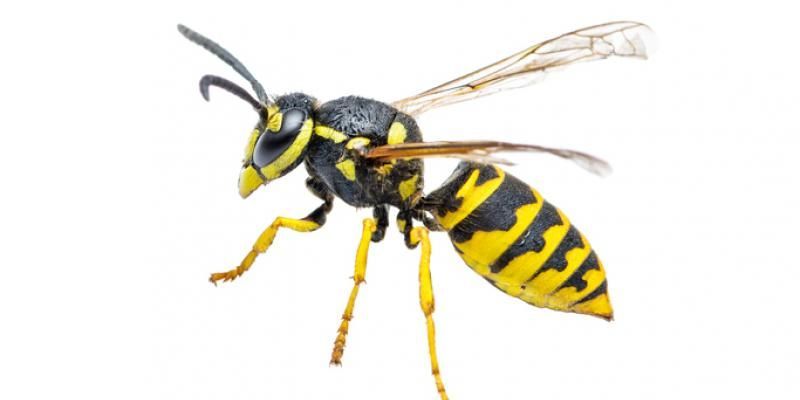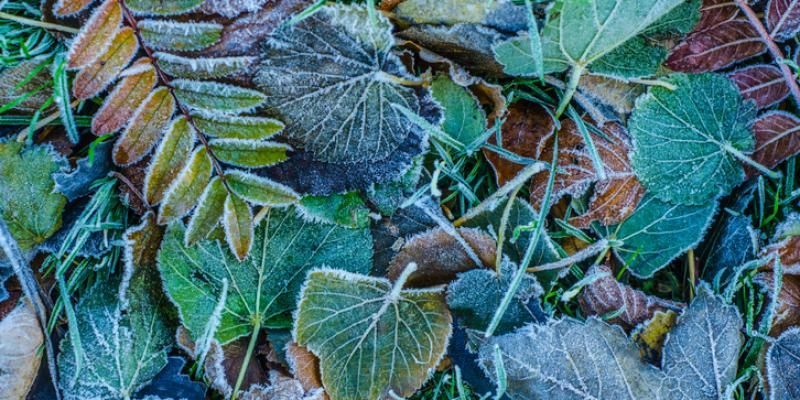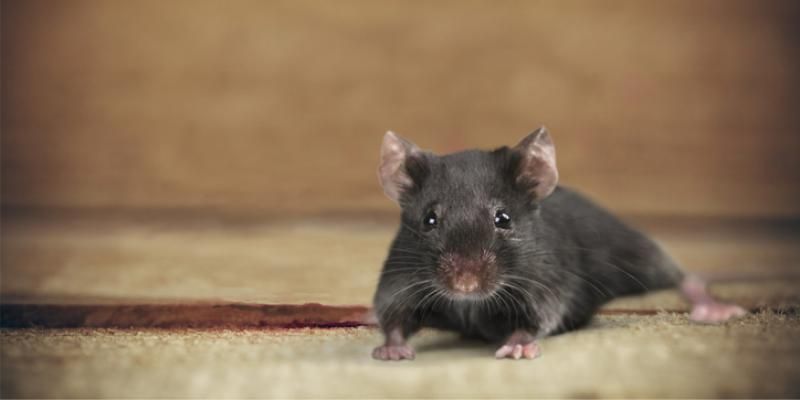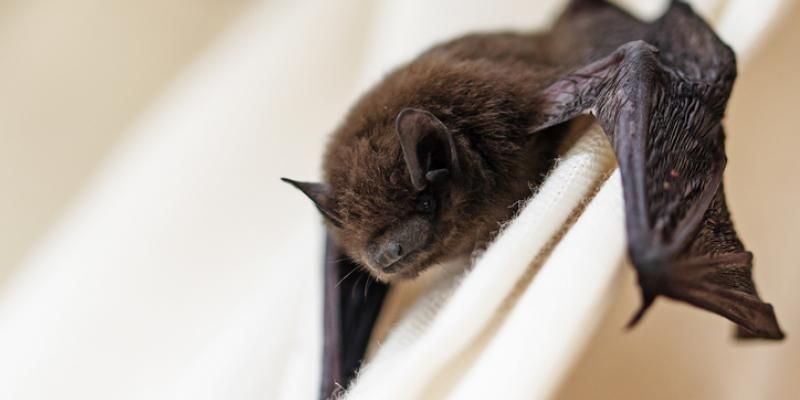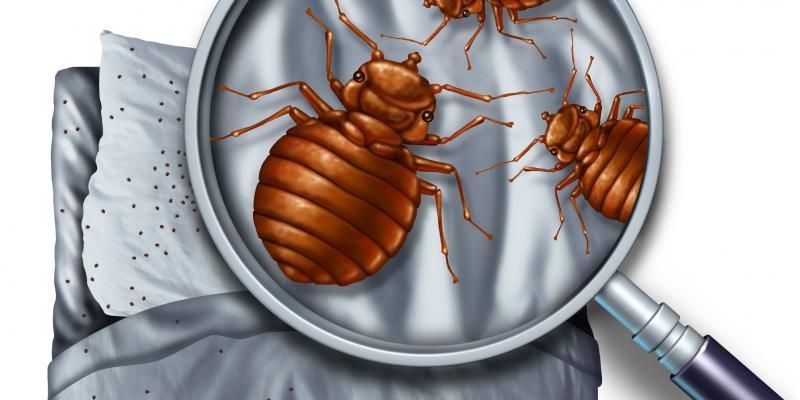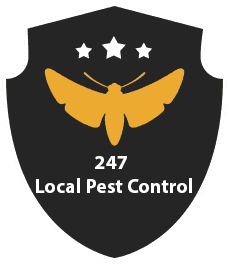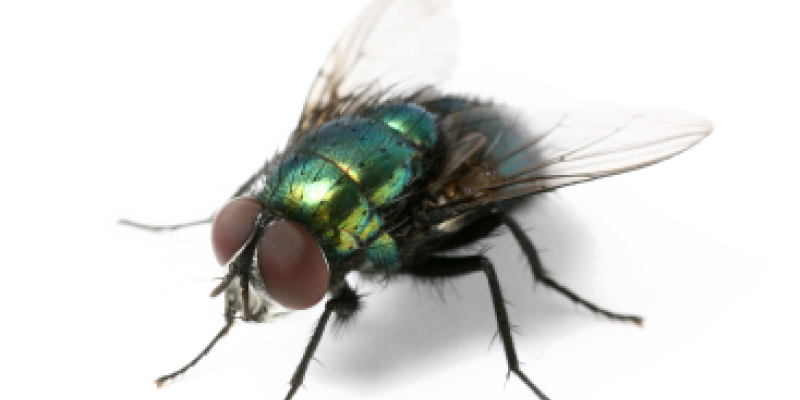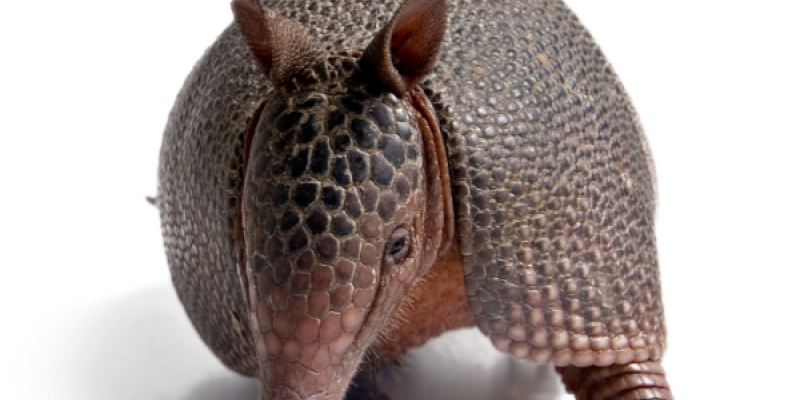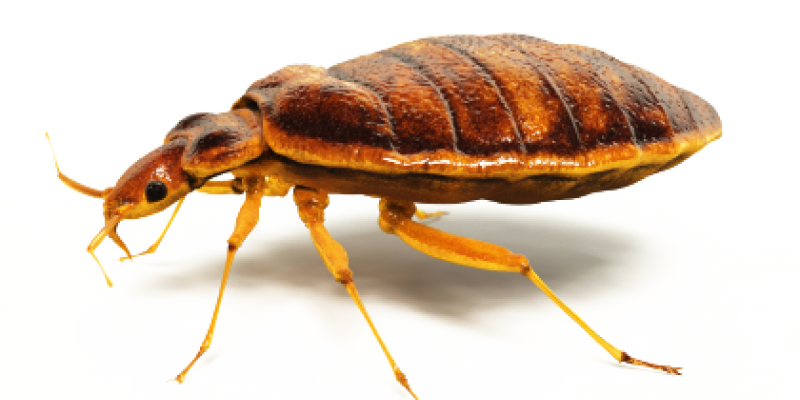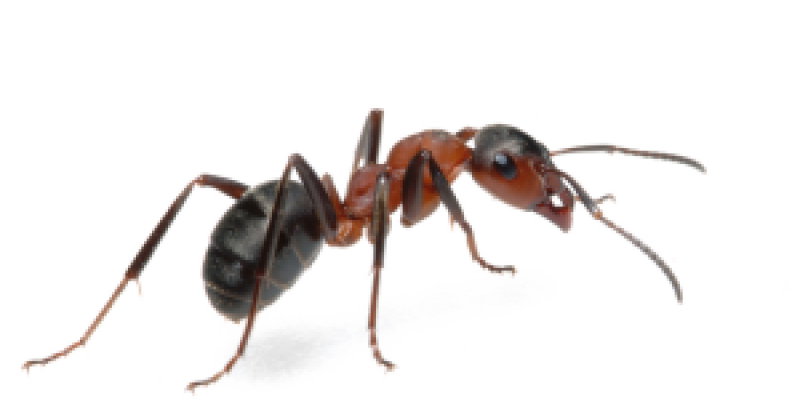SMOKY BROWN COCKROACHES
SMOKY BROWN COCKROACHES
FACTS, IDENTIFICATION & CONTROL
LATIN NAME
Periplaneta fuliginosa
APPEARANCE
The smoky brown cockroach is a common pest of the southeastern United States. Although mainly found from central Texas eastward, and as far north as North Carolina, the smoky-brown cockroach also has been found as far north as Indiana and Illinois. This primarily outdoor pest gets its name from its uniform brownish-black coloration and, as adults, can reach a length of 38 mm. These strong fliers have wings that extend beyond their body.
BEHAVIOR, DIET & HABITS
Outdoors, smoky brown cockroaches can be found in areas that are warm, very moist and protected from the elements. Since this insect is prone to dehydration, the availability of a moist environment is critical for its survival. Around homes and structures, the smoky brown cockroach can be found in tree holes and cavities, beneath mulch beds and ground cover, and around soffits and eaves, or areas where moisture problems may exist. The smoky brown cockroach can easily penetrate buildings through openings or gaps beneath siding, through attic or soffit vents, openings around utility and plumbing penetrations, and through open windows or doors.
Smoky brown cockroach feeding activity is most evident during the late dusk or early dawn hours when the insects leave their hiding places in search of food. These opportunistic feeders will utilize any food that may be available, including human food scraps, dead insects, fecal matter and even plant materials. It is also not uncommon to see these insects taking a drink when water is available.
REPRODUCTION
Dependent upon environmental conditions, the development time for a smoky brown cockroach, from egg to adult, can vary greatly, with a range of 160 days to 716 days. As adults, a female smoky brown lives an average of 218 days, and a male will live, on average, 215 days. During her lifetime, a female will produce an average of 10 egg cases, or ootheca, with an average of 20 eggs per case. These egg cases are then attached to a protected surface within a day of production, where they will remain until the young hatch.
SIGNS OF A SMOKY BROWN COCKROACH INFESTATION
SIGHTINGS
Smoky brown cockroaches are a more regionally important species, impacting the southeastern United States. These insects are commonly found outdoors and can be seen primarily at night, walking in search of food around landscaping beds, running in and out of ivy or other ground covers, and in and around gutters and fascia of homes and structures. These insects then become a pest when attracted by interior lights, they gain entry into a home or structure through openings in windows, doors and other gaps into the home.
DROPPINGS
Fecal material and droppings can be evident in areas that the smoky brown cockroach frequents.
EGG CAPSULES
Attached to a surface within a day of production, the 11 to 14 mm long, dark-brown to black egg case, or ootheca, may be observed in areas that the smoky brown cockroach frequents.
MORE INFORMATION
Although smoky brown cockroaches are related to the American cockroaches, they are slightly smaller in size and uniformly mahogany in color. Nymphs are the same color as adults and their antenna tips are white. Smoky brown cockroaches can grow up to 38 mm in length. Both sexes have wings that are longer than their abdomens. Smokey brown cockroaches are capable of flying, and they are attracted to light.
Their oothecae, or egg capsules, hold an average of 20 eggs. Each female is capable of producing up to 32 oothecae in one lifetime. Nymphs undergo several molting stages, after which they emerge as adults. The lifespan of smoky brown cockroaches averages over a year, although they can live as long as 2 years or more under ideal conditions.
While smoky brown cockroaches prefer to eat decaying plant matter, they will consume any food source available to them. They are nocturnal and hide in small places during the day, making themselves inaccessible to humans and predators. Commonly found in tree holes, wood-shingled roofs and in gutters, smoky brown cockroaches thrive in damp, dark and poorly ventilated areas. Inside, they breed in attics, where their populations can grow unnoticed.
They prefer non-dwelling areas such as greenhouses, nurseries, and gardens but can be an indoor pest. They can be found throughout the southern United States and are most common from Texas to Florida. They have also been found in Southern California. They are major pests in cities such as Houston and New Orleans.
Contact 24/7 Local Pest Control to learn more!

